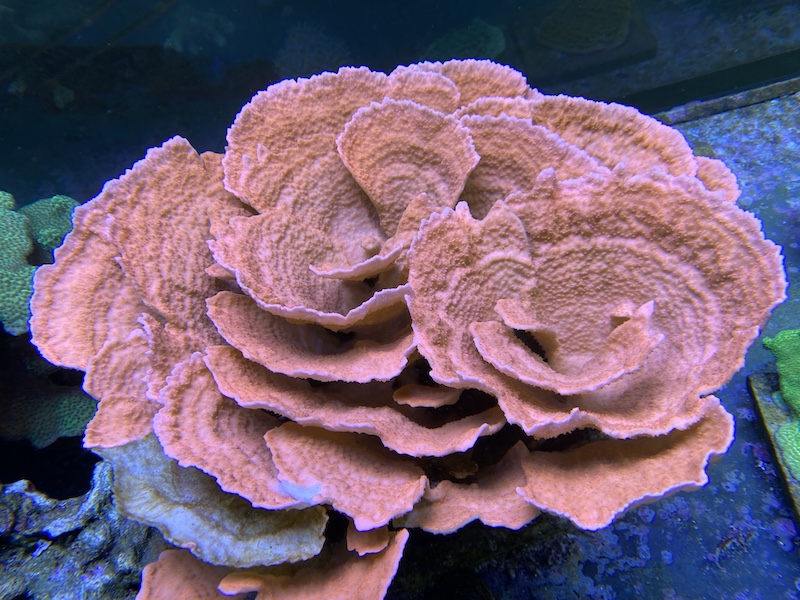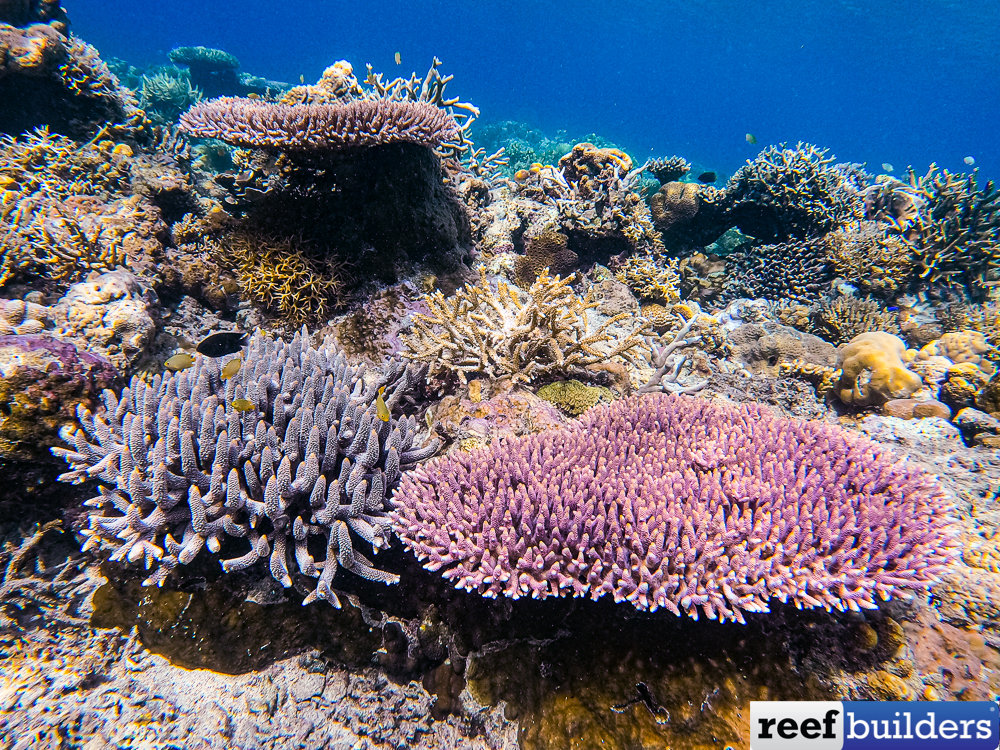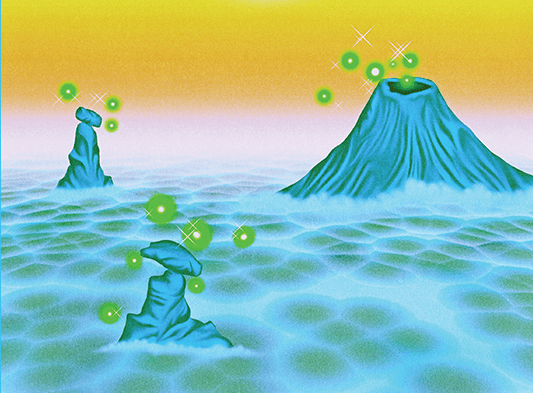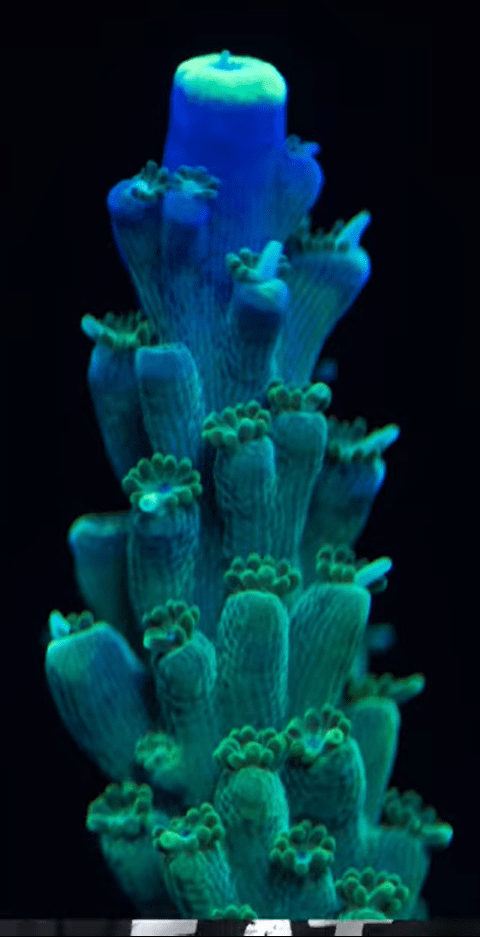An article published in the Journal Nature has found that photosynthetic corals not only host their symbiotic algae, they feed directly on it too, and importantly, it is how they uptake Nitrogen and Phosphorus.
The paper titled “Reef-building corals farm and feed on their photosynthetic symbionts” has been written by a team of researchers to test Darwin’s Paradox – the phenomenon where highly diverse coral ecosystems can thrive in nutrient-poor waters.
The paper reads “Symbiotic corals function as mixotrophs in which the metabolic carbon demand of the animal host can often be met by the translocation of carbon-rich photosynthetic products from their dinoflagellate symbionts. Although this carbon transfer sustains the host’s energy production, it cannot promote its growth.” So corals cannot grow on the energy provided by symbiotic algae alone. They need Nitrogen and Phosphorus for that, but cannot uptake it directly from the water. With particulate food and zooplankton limited too, what do they do?
Corals can directly uptake ammonium, although they lack the enzymes in their tissues to uptake Nitrogen and Phosphorus. Symbiotic dinoflagellates within the coral tissue can uptake ammonium, much more efficiently than the coral can, as well as Nitrogen and Phosphorus, so to gain its essential N and P the researchers discovered that the symbiotic algae were uptaking N and P, and the coral was then digesting some of its symbionts to extract the N and P, and to facilitate growth. But where do the N and P come from in the first place if coral reefs are barren deserts?
N and P can be introduced into reefs by vertical upwellings from deeper waters, as well as via phytoplankton, which has already taken it up but drifted in. It can also be introduced via shoals of migratory fish (threatened by overfishing,) and seabird colonies. A large part of the paper is also dedicated to the study of coral reefs situated near to seabird nesting colonies. Unsurprisingly, nitrate and phosphate are considerably higher in the waters around seabird colonies from guano run-off, but coral growth is also significantly higher there too. N and P are key drivers in coral growth.
Using saltwater aquarium facilities at the University of Southampton, the researchers were able to create controlled conditions across ten common coral species. In the tanks with low N and P the corals stopped growing but in the tanks with plentiful N and P, growth was exponential. The nutrient-limited corals also lost more than half of their symbiotic algae over the six-and-a-half-month test period and looked bleached. The corals that were given N and P maintained high, healthy populations of symbiotic algae throughout.

What we think
Out of all the scientific papers published on corals, this one is one of the most relevant to the reefkeeping home aquarist. Corals need Nitrogen and Phosphorus/ Nitrate and Phosphate but we need to feed the algae within the coral tissue which the coral then eats to obtain those nutrients. Corals cannot directly uptake N and P, and in water with very little N and P, growth is impaired.
The simplest way to increase nitrate and phosphate in the reef aquarium is to add more fish, and feed them more. Corals and their algae can also uptake ammonia from those fish directly. And for all of us who have chased low nutrient levels for so long, controlling phosphate and nitrate or seeking to eradicate entirely on standard test kits, our passion for pastel colors has probably limited growth. Nitrogen and Phosphorus are also available in bottled form and can be auto-dosed and monitored. This can provide a tank with N and P without all the associated issues of adding more fish, like stress, disease, territoriality, and the need for increased mechanical filtration.
If we were in an Acropora grow-out comp right now, based on what we’ve just learned, we would probably be ensuring that our grow-out tank had N and P readily available! And if you want to take a much deeper dive into the study, you can access the scientific paper here.
Citation
Wiedenmann, J., D’Angelo, C., Mardones, M.L. et al. Reef-building corals farm and feed on their photosynthetic symbionts. Nature (2023). https://doi.org/10.1038/s41586-023-06442-5



